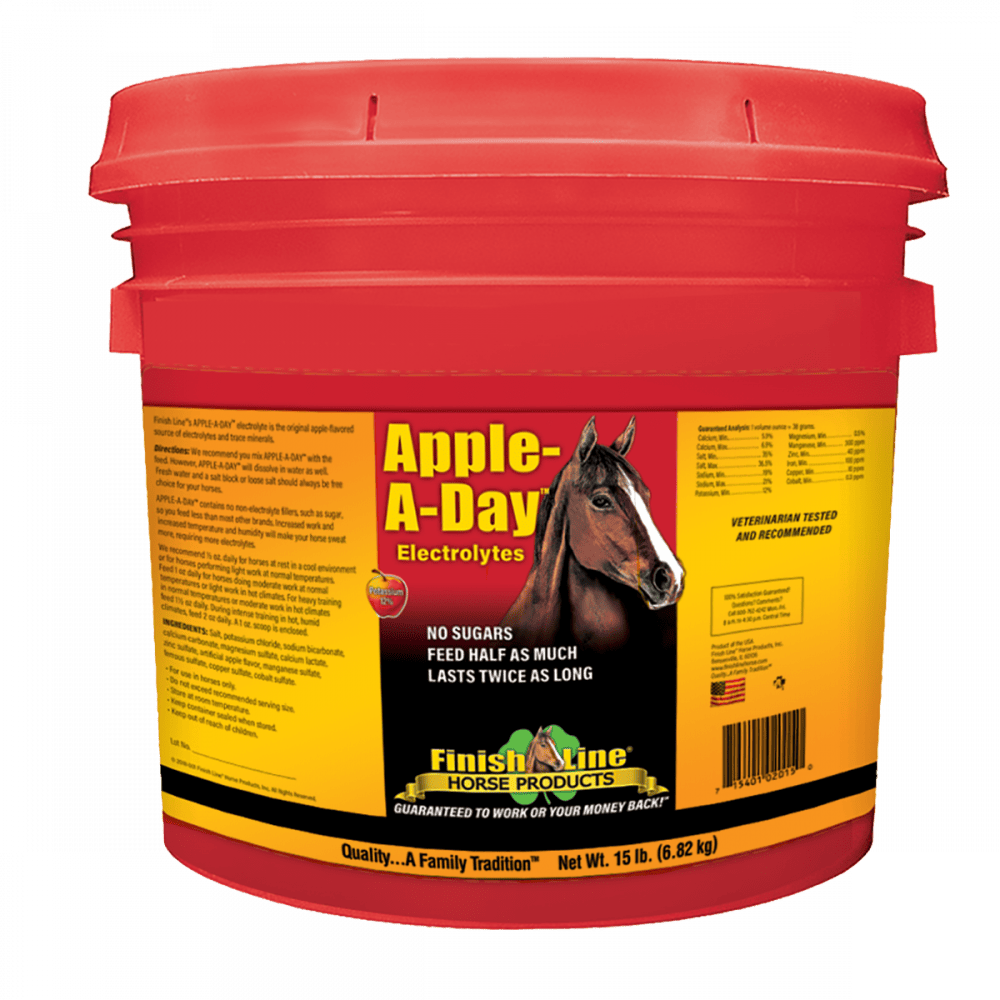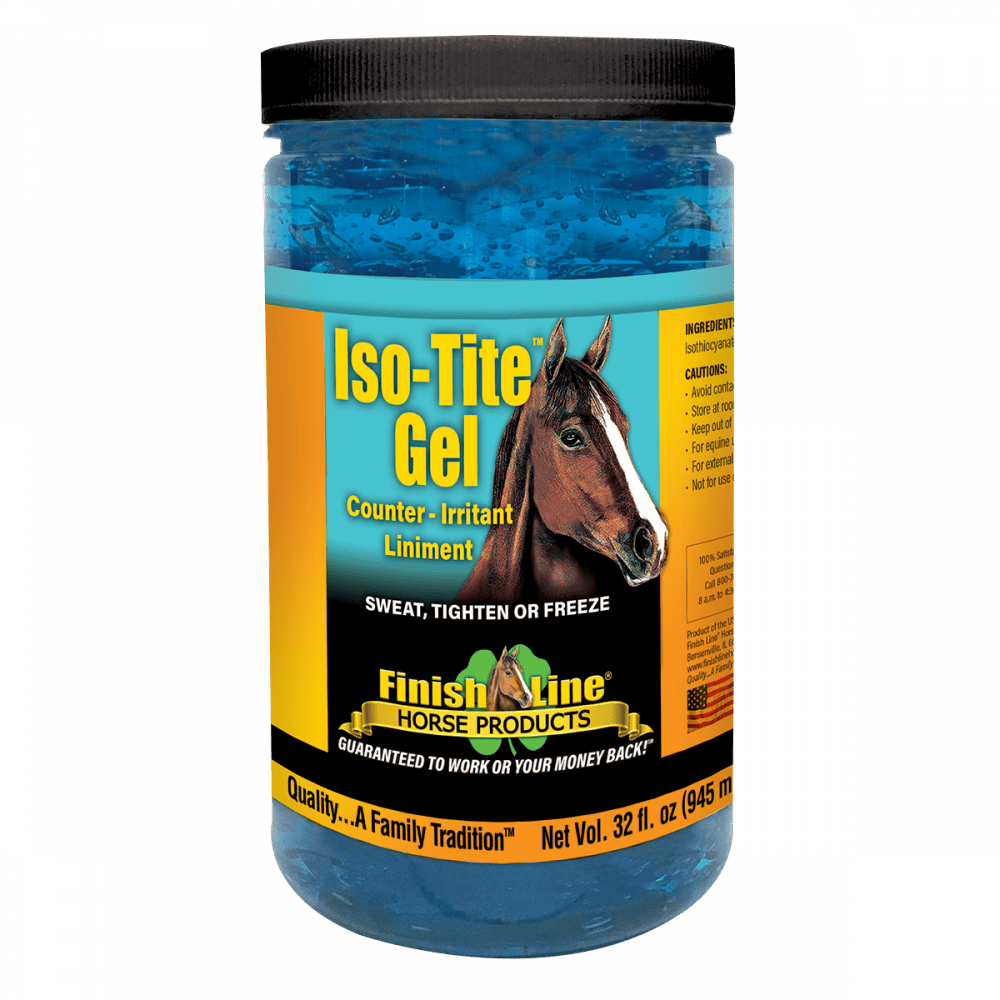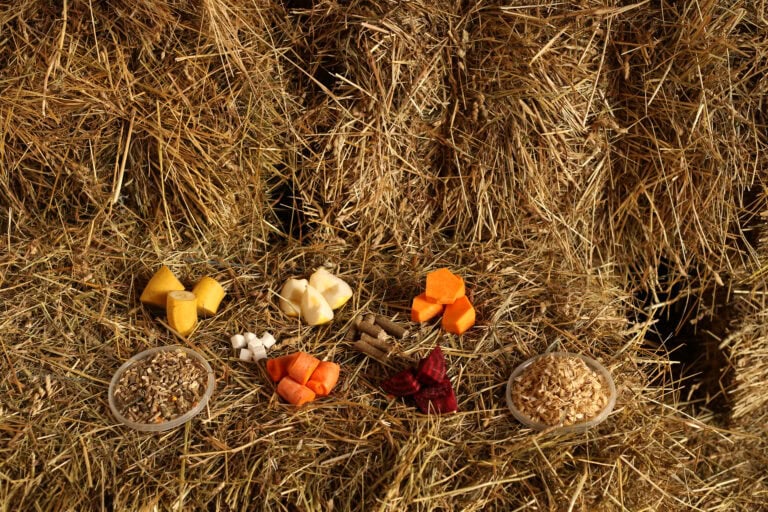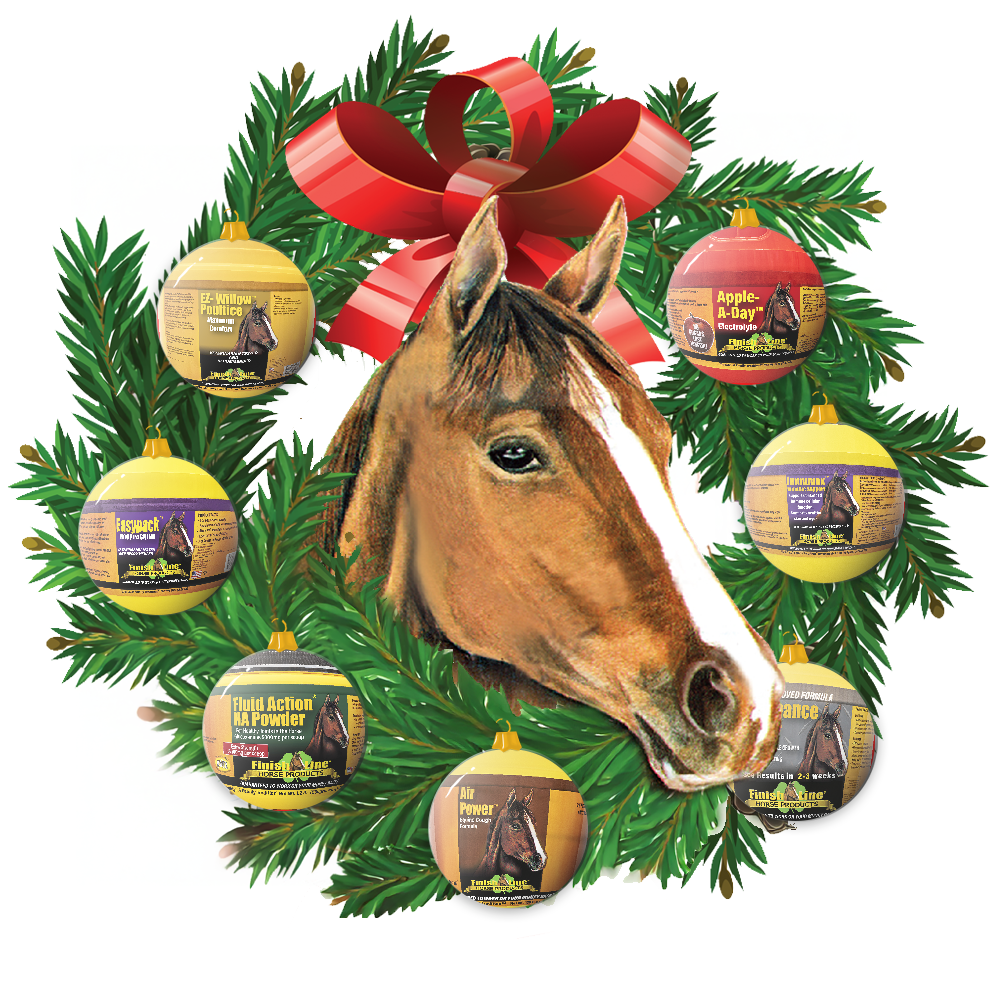Common Issues with Sugar in the Diet for Horses
Horses with lower energy needs should avoid high-sugar diets, especially if not in active performance. Excess starch and sugar can lead to nutritional laminitis.
Prolonged high-starch feeding may also cause insulin resistance, much like diabetes in humans, and increases laminitis risk. NSC-rich feeds such as cereal grains ferment quickly, raising stomach acidity and contributing to ulcers. If starch overloads the small intestine, it can lead to digestive issues like acidosis and colic.
Seasonal changes also affect sugar levels in forage. In spring and fall, cool-season grasses like orchardgrass, timothy, and bluegrass can store more sugar due to chilly overnight temperatures, increasing the risk for sensitive horses with unrestricted pasture access.
The University of California-Davis Center for Equine Health describes equine metabolic syndrome (EMS) as a disorder involving abnormal insulin regulation, increased fat deposition, and difficulty losing weight. Horses with EMS may respond to meals high in carbohydrates with prolonged insulin spikes.
How to Minimize or Regulate Sugar
Active, healthy horses can tolerate some starch. However, be mindful of meal size, as too much at once can lead to digestive or metabolic issues.
Finding the right balance depends on many factors, including the horse’s life stage, breed, performance level and sugar level of the feed. Ration ingredients vary widely in sugar content, with beet pulp and alfalfa meal being lower in NSCs and grains like corn, oats, and barley being much higher. Hay choice matters too, with warm-season grasses generally having less sugar than cool-season types. Choosing ration ingredients wisely, with your horse in mind, helps to keep sugar levels in check and supports overall health and performance.













